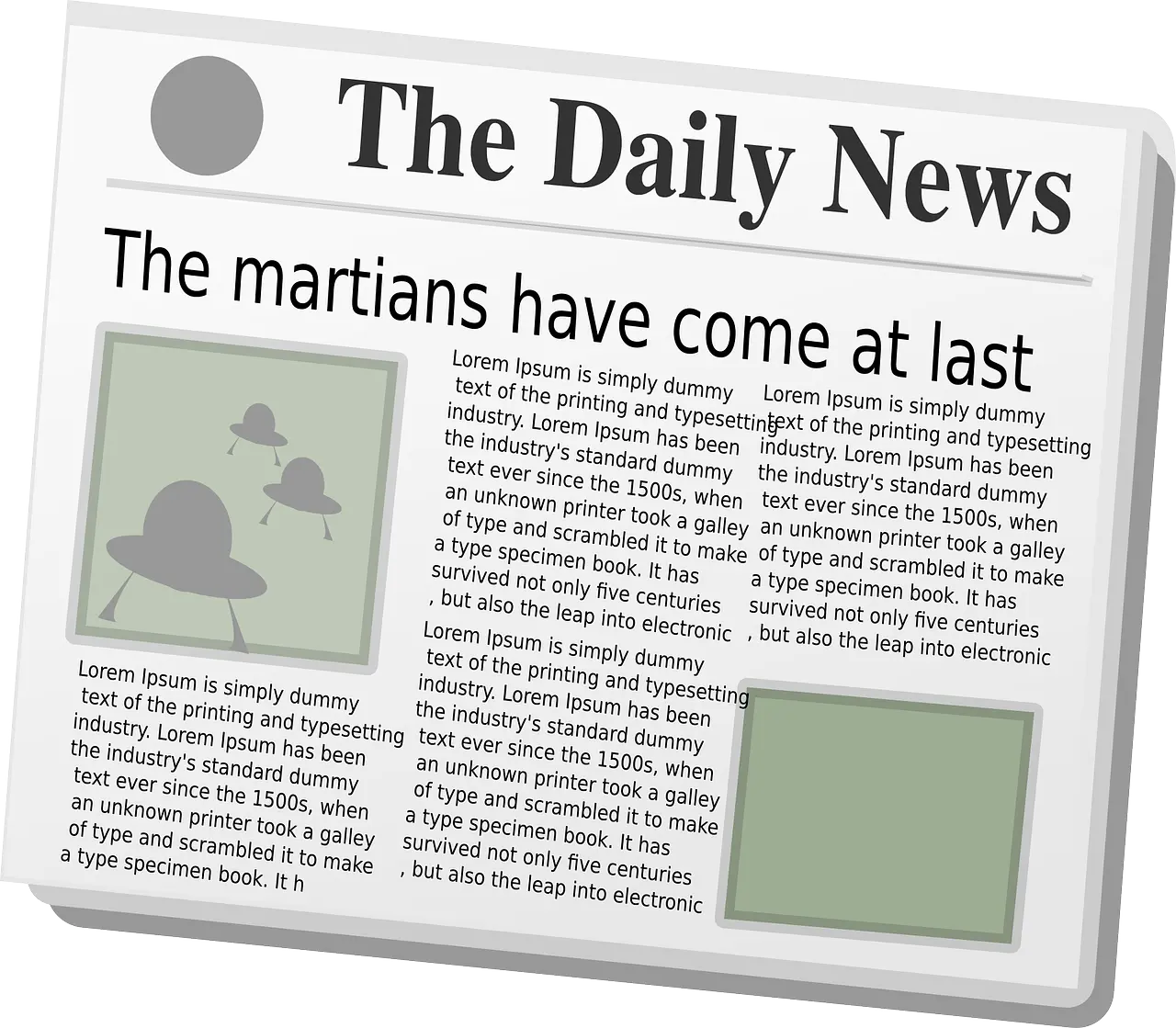The world stands at a pivotal juncture as nations strive to rebound from the profound economic downturn triggered by the COVID-19 pandemic. The pursuit of a robust global economic recovery remains paramount, yet it is fraught with challenges and complexities. This article delves into the multifaceted landscape of global economic recovery, exploring the factors shaping its trajectory, the hurdles impeding progress, and the strategies required to foster sustainable growth and resilience.
- The Impact of the Pandemic on the Global Economy:
The COVID-19 pandemic unleashed an unprecedented shockwave across the global economy, disrupting supply chains, shuttering businesses, and plunging millions into unemployment. Lockdown measures, travel restrictions, and social distancing protocols inflicted severe blows to various sectors, exacerbating pre-existing vulnerabilities and inequalities. The International Monetary Fund (IMF) dubbed the economic fallout of the pandemic as the worst since the Great Depression, underscoring the magnitude of the crisis.
- Signs of Recovery and Resilience:
Amid the turmoil, glimmers of hope have emerged, signaling nascent signs of economic recovery. Governments worldwide deployed unprecedented fiscal stimulus measures, central banks implemented accommodative monetary policies, and vaccination campaigns gained momentum, bolstering consumer confidence and economic activity. Positive growth trajectories have been observed in some regions, buoyed by robust manufacturing output, resilient financial markets, and pent-up consumer demand.
- Persistent Challenges and Uncertainties:
However, the path to global economic recovery is fraught with persistent challenges and uncertainties that threaten to derail progress. Lingering health risks, vaccine inequities, and the emergence of new COVID-19 variants pose ongoing threats to public health and economic stability. Supply chain disruptions, labor shortages, and inflationary pressures have stoked fears of stagflation and hindered efforts to reignite growth. Moreover, geopolitical tensions, trade frictions, and climate-related hazards further compound the complexities of the recovery process.
- Inequality and Vulnerability:
The pandemic has exacerbated pre-existing fault lines within societies, deepening inequalities and exacerbating vulnerabilities. Marginalized communities, low-income earners, and small businesses have borne the brunt of the economic fallout, facing heightened risks of job losses, poverty, and social exclusion. Gender disparities, racial inequalities, and disparities in access to healthcare and education have widened, underscoring the imperative of inclusive recovery efforts that leave no one behind.
- Policy Responses and Reform Agenda:
Addressing the multifaceted challenges of global economic recovery necessitates a comprehensive policy response and a transformative reform agenda. Governments must prioritize targeted fiscal interventions to support vulnerable populations, invest in healthcare infrastructure, and stimulate job creation. Central banks must calibrate monetary policies judiciously to navigate the delicate balance between price stability and growth objectives. Structural reforms aimed at enhancing productivity, promoting digitalization, and fostering sustainable development are imperative to build resilient, inclusive economies capable of withstanding future shocks.
- Opportunities for Transformation and Innovation:
Amidst the challenges, the quest for global economic recovery presents opportunities for transformation and innovation. The pandemic has accelerated digitalization trends, spurring the adoption of remote work, e-commerce, and digital payment solutions. Investments in green technologies, renewable energy, and sustainable infrastructure offer pathways to mitigate climate change and create new avenues for growth. Collaborative initiatives, such as vaccine sharing agreements, debt relief programs, and international cooperation on trade and investment, hold promise for fostering solidarity and collective action on a global scale.
- Charting a Path Forward:
As the world navigates the uncertain terrain of global economic recovery, concerted efforts are required to forge a path forward that is equitable, inclusive, and sustainable. Collaboration between governments, multilateral institutions, businesses, and civil society is essential to harness the collective wisdom and resources needed to overcome the challenges ahead. Embracing resilience, adaptability, and innovation will be key to building back better and ensuring that the recovery is not only swift but also enduring, leaving behind a legacy of shared prosperity for future generations.
Conclusion:
The journey towards global economic recovery is fraught with challenges, yet it is also imbued with opportunities for renewal and transformation. By leveraging the lessons learned from the pandemic, fostering solidarity, and embracing innovation, humanity can emerge stronger, more resilient, and more equitable in the aftermath of the crisis. Now is the time for bold and decisive action to chart a course towards a brighter, more prosperous future for all.









